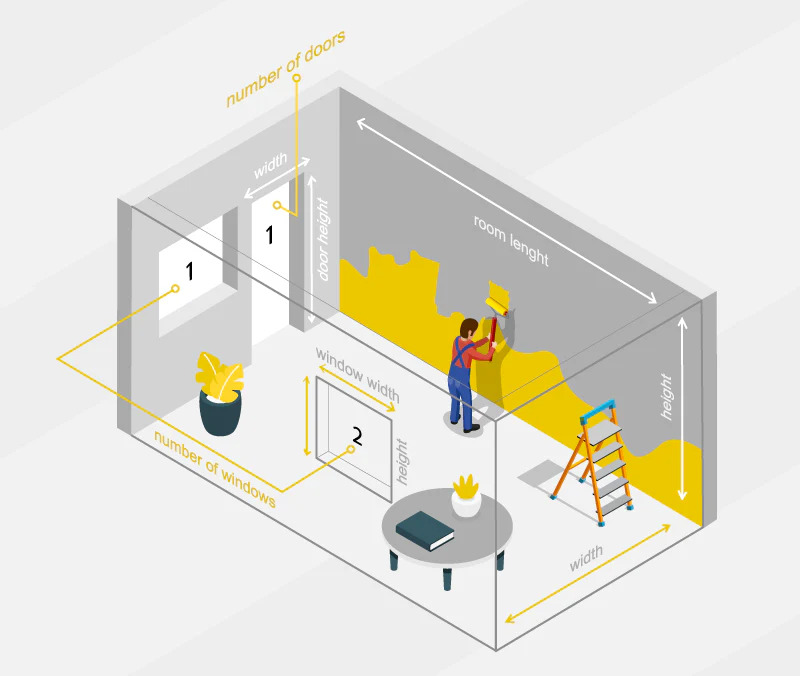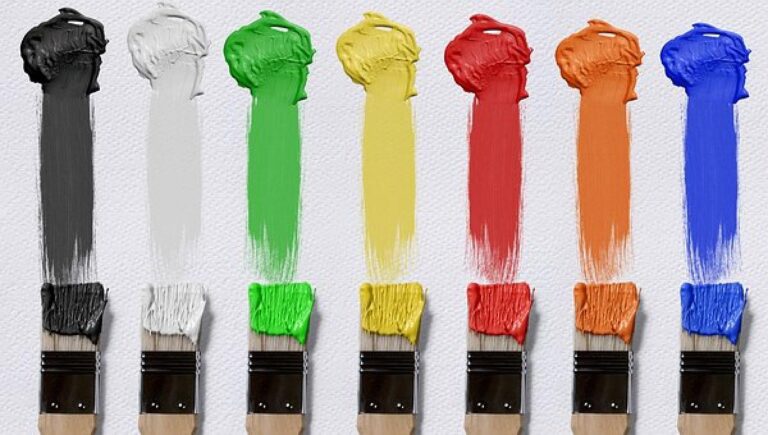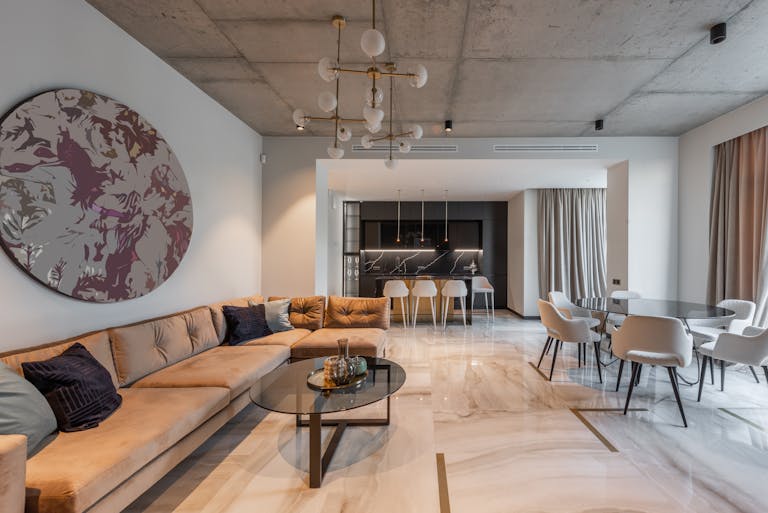Spray Paint Area Calculator
One of the most important steps when starting a spray paint project is determining how much paint you need. Running out of paint halfway through the job can be frustrating and lead to inconsistent results. This guide will walk you through calculating the spray paint you need to ensure your project goes smoothly.
Understanding Spray Paint Coverage
Before you begin calculating, it's essential to understand the concept of spray paint coverage. Coverage is typically measured in square meters (or square feet) per can. This information is usually found on the spray paint can or the manufacturer's website. Coverage can vary based on factors like the type of surface, color, and application method, so it's important to refer to the specific product you're using.
Step-by-Step Guide to Calculating Spray Paint Needs
1. Measure the Area to Be Painted
Start by measuring the length and width of the surface you intend to paint. If the area is not a simple rectangle, break it down into smaller sections, measure each, and then add the total area. For example, if you're painting a wall with a window, measure the wall and subtract the area of the window.
Formula for area: Area=Length×Width\text{Area} = \text{Length} \times \text{Width}Area=Length×Width
2. Determine the Coverage of Your Spray Paint
Check the spray paint can for coverage information. This is usually listed as the number of square meters (or square feet) one can cover. If this information is unavailable, visit the manufacturer's website or contact customer support.
3. Calculate the Number of Cans Needed
Divide the total area to be painted by the coverage provided by one can of spray paint. This will give you the number of cans needed for your project.
Formula for number of cans: Number of cans=Total areaCoverage per can\text{Number of cans} = \frac{\text{Total area}}{\text{Coverage per can}}Number of cans=Coverage per canTotal area
Since spray paint cans cannot be used partially in most practical cases, always round up to the nearest whole number to ensure you have enough paint.
Example Calculation
Let's say you have a wall that is 3 meters long and 2.5 meters high. The coverage of your spray paint is 2 square meters per can.
- Calculate the area: Area=3 m×2.5 m=7.5 m2\text{Area} = 3 \, \text{m} \times 2.5 \, \text{m} = 7.5 \, \text{m}^2Area=3m×2.5m=7.5m2
- Determine the coverage of one can: Coverage per can=2 m2\text{Coverage per can} = 2 \, \text{m}^2Coverage per can=2m2
- Calculate the number of cans needed: Number of cans=7.5 m22 m2=3.75\text{Number of cans} = \frac{7.5 \, \text{m}^2}{2 \, \text{m}^2} = 3.75Number of cans=2m27.5m2=3.75
Since you can't buy a fraction of a can, round up to 4 cans.
Tips for Accurate Calculation
- Multiple Coats: If your project requires more than one coat of paint, multiply the number of cans needed by the number of coats.
- Surface Texture: Rough or porous surfaces may require more paint. To account for this, increase your estimate by 10-20%.
- Test Area: If possible, do a test spray on a small area to see how much paint is used. This can help refine your estimate.
Conclusion:
Calculating the right spray paint for your project is crucial for achieving a professional finish. By measuring your area accurately, understanding the coverage of your spray paint, and following the calculation steps, you can avoid the inconvenience of running out of paint midway through your project. Always remember to buy a little extra to account for any unexpected needs.





